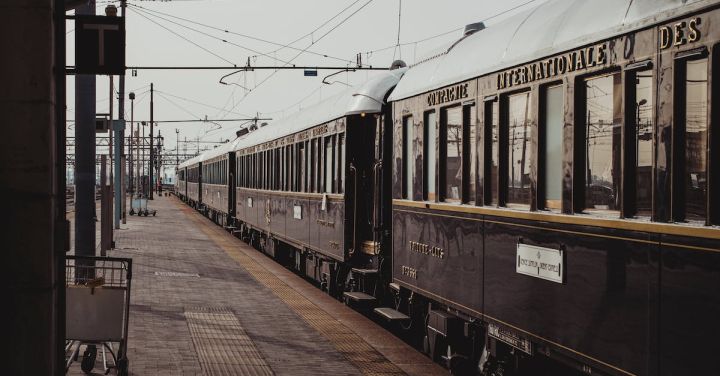Trains have long been an integral part of human history, shaping the way we travel and connect with one another. From the invention of the steam locomotive to the modern high-speed trains, these marvels of engineering have played a vital role in our progress as a society. However, with the rapid advancement of technology and the emergence of more efficient transportation options, historic trains are at risk of being forgotten and left to decay. Preserving these relics of the past is not only a tribute to our ancestors’ ingenuity but also a gift to future generations.
Historic trains, with their ornate designs and intricate mechanisms, offer a glimpse into a bygone era. They tell stories of adventure, exploration, and the tireless efforts of countless individuals who contributed to their creation. These trains are not just inanimate objects; they are witnesses to history, carrying within them the memories of those who traveled on them. Preserving these trains is akin to preserving a piece of our collective heritage.
One of the most compelling reasons to preserve historic trains is the educational value they offer. Stepping aboard a vintage steam locomotive or diesel train allows us to travel back in time and experience the conditions and ambiance of a different era. It provides an immersive learning experience, where we can see, touch, and hear the machinery that powered the locomotives of the past. This hands-on interaction fosters a deeper understanding and appreciation for the ingenuity and craftsmanship of our predecessors.
Moreover, historic trains serve as a source of inspiration for future generations. They showcase what humans are capable of achieving when faced with challenges. The intricate detailing and elegant designs of these trains can ignite a passion for engineering and craftsmanship in young minds. By preserving these trains, we provide a tangible link between the past and the future, encouraging innovation and creativity in the next generation.
Preserving historic trains is not without its challenges. These trains are often large, complex, and require extensive maintenance. However, the efforts put into their preservation are not in vain. Historic train museums and preservation societies play a crucial role in safeguarding these treasures. Through meticulous restoration and ongoing maintenance, these organizations ensure that the trains are not only preserved but also operational, allowing visitors to experience the magic of riding in a piece of history.
Furthermore, the preservation of historic trains also has economic benefits. These trains attract tourists from all over the world, contributing to local economies and creating jobs. The experience of riding on a vintage train is a unique and unforgettable one, offering a sense of nostalgia and adventure that cannot be replicated. By investing in the preservation of these trains, we create a sustainable tourism industry that benefits both the present and future generations.
In conclusion, preserving historic trains is a gift to future generations. These marvels of engineering not only offer a glimpse into the past but also provide valuable educational and inspirational experiences. By safeguarding these relics, we ensure that the stories and memories they carry are not lost to time. Moreover, the preservation of historic trains has economic benefits, contributing to local economies and creating jobs. Let us cherish and protect these treasures, for they are not just trains but gateways to our collective history.
